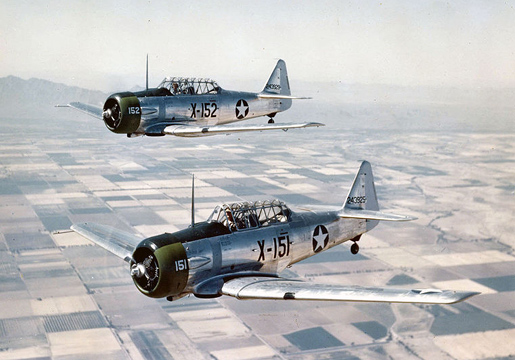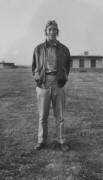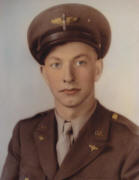|
|

AT-6C #41-32833 crashed near Lake Pleasant on August 19, 1944 after a midair collision with a B-25 Mitchell
 |
 |
|
|
| Avion cadet Orland Luhr. | Cadet Orland Luhr | How dedicated (or crazy) are we wreck hunters? I hiked over three miles of this terrain to see an old plane crash. | Finally closing in on the crash. |
|
|
|
|
|
| Overview of the crash site. | Landing gear and other debris. | The Pratt & Whitney R-1340 radial engine. | Scattered debris. |
|
|
|
|
|
| Another view of the engine. | Part of the wing. | The smashed exhaust manifold. | Wing section. |
|
|
|
|
|
| Accordioned wing section. | Another view of the wing. | The yellow paint was applied by the crash crew to indicate this is a known crash. | The frame to Lt. Luhr's parachute. |
|
|
|
|
|
| Landing gear. | Molten aluminum. | Camera vacuum data plate. | More debris. |
|
|
|
|
|
| Overview of the crash site. | A seat buckle and wing gas tank cap. | Another view of the crash. | Part of the smashed radio. |